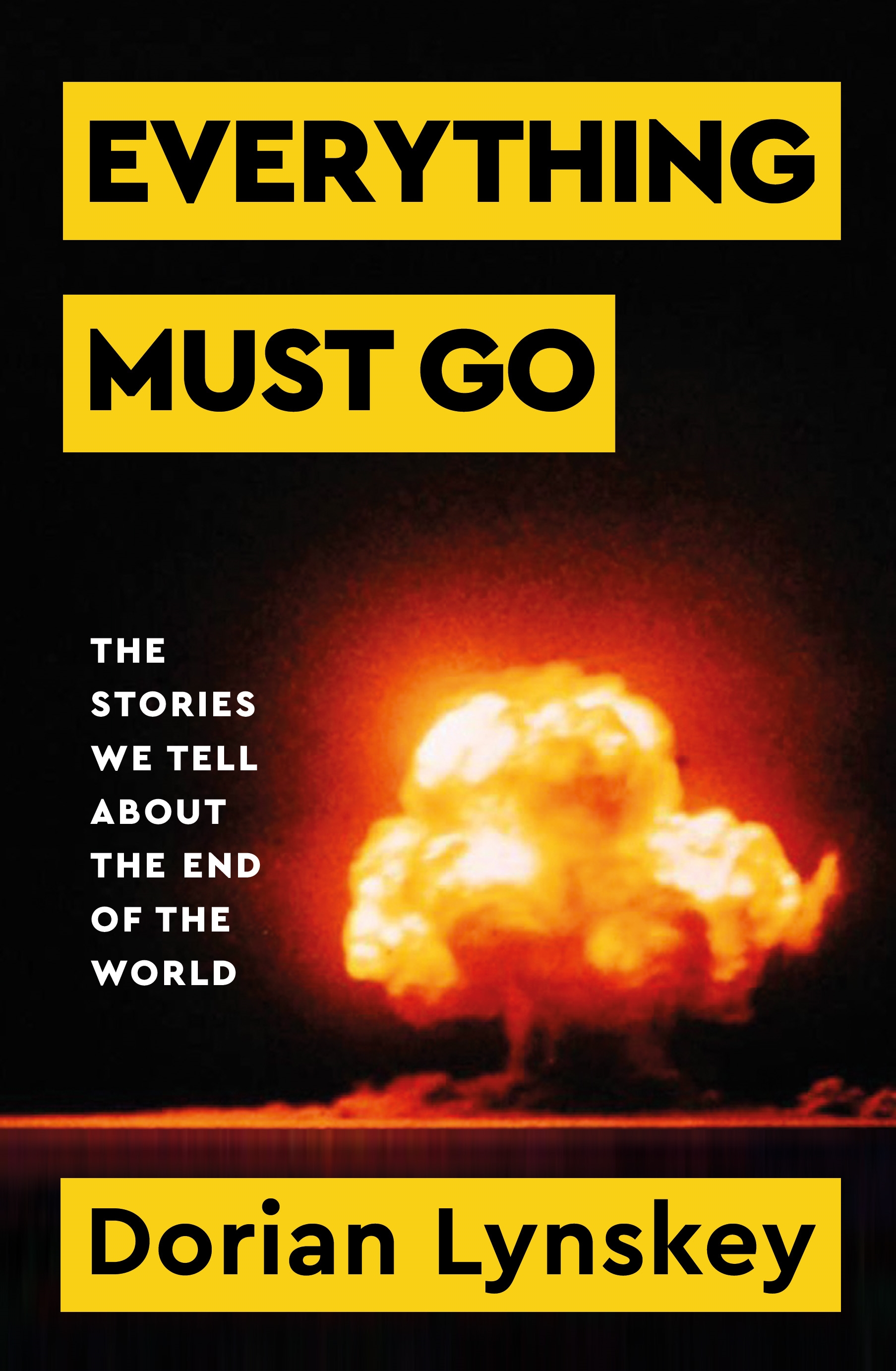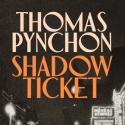According to REM in 1987, “It’s the end of the world as we know it”. And while they sang about topical preoccupations – hurricanes, wildfires and plane crashes – they were really just varying a theme that has been around since at least St John of Patmos in the 1st century CE, and probably before.
How – and how soon – will the world end has been a perpetual question in works of popular culture, and Dorian Lynskey’s Everything Must Go is a wide-ranging survey of them, which stands back enough to pick out themes and patterns that emerge from the big picture.
It is not a light read, in both the sense that it is a solid 400 pages of smallish type, and that it deals from beginning to end with apocalyptic visions of death, misery and destruction. The tone is never gloomy, but undeniably the subject matter is. There is a run of chapter headings with names like “Catastrophe”, “Survival”, “Pestilence”, “Contagion” and “Zombies”, which, combined, are enough to give you nightmares. There is some reassurance that emerges from seeing people across acres of time finding different ways of expressing the same anxiety, and Lynskey explains that the book is not about the existential risks themselves but how we think about them. He says that “the signal fact about the end of the world is that it has not happened yet,” but it is also the case that just because all previous forecasts of annihilation have proved misplaced it doesn’t mean the next one will be.
 Lynskey starts with a discussion of St John’s Book of Revelation (“the ravings of a maniac” according to Thomas Jefferson), which invented the idea of the apocalypse, before breaking down later apocalyptic predictions into seven categories which include “The Bomb”, “Machines”, “Pandemic” and “Climate”. “The Bomb” is a key chapter, as it is the first point in human history where the destruction comes from ourselves rather than outside. Previously we needed a vengeful god or an impact from space, from 1945 we could self-destruct, whether intentionally or by accident.
Lynskey starts with a discussion of St John’s Book of Revelation (“the ravings of a maniac” according to Thomas Jefferson), which invented the idea of the apocalypse, before breaking down later apocalyptic predictions into seven categories which include “The Bomb”, “Machines”, “Pandemic” and “Climate”. “The Bomb” is a key chapter, as it is the first point in human history where the destruction comes from ourselves rather than outside. Previously we needed a vengeful god or an impact from space, from 1945 we could self-destruct, whether intentionally or by accident.
The Bomb also achieved a cultural centrality that previous dreads hadn’t, one that lasted for at least 40 years, and embraced works as varied as Dr Strangelove, 2001: A Space Odyssey, and Nevil Shute’s unforgettable novel On the Beach (1957). For all the horror and hysteria of schlocky films like Attack of the Crab Monsters, “only Nevil Shute had the brilliant idea of making it mundane.”
The stoical underreaction of Shute's characters staring down the barrel of their own end brought to my mind our paralysis as a species in the face of climate change. In addition, today’s threats of pandemic and, even more topically, out of control AI, figure prominently in the public imagination, and in the book. In 2021, 56% of young people in a survey agreed with the statement “Humanity is doomed”, and as Lynskey points out “most of the catastrophic event in this book have not happened, from the Christian Millennium to thermonuclear war and Y2K meltdown, but climate change is happening…right now”. But, without offering false comfort, Lynskey also comes out against hopelessness: “We have to live in the space between ‘Everything will be OK’ and ‘Everything is fucked.’”
Lynskey’s range of reference is impressive. He mostly deals with English-language novels, non-fiction and films, although he touches on some Czech theatre and German fiction, as well as some Romantic poetry, Bob Dylan, superhero comics and satirist Tom Lehrer (whose classic song “We Will All Go Together When We Go” encapsulates much of the vibe of the book). I found out, incidentally, the origins of CAPTCHA, how early the term “climate emergency” was coined, and what Oppenheimer actually said in response to the success of his nuclear test.
For a book drenched in destruction, Everything Must Go is not depressing, and often wryly funny. It is incredibly deeply researched, fluently written, moving deftly between close-up detail and broad-brush analysis. And as a character in On the Beach explains, for “end of the world” we should really read “end of humanity”: “'It’s only the end of us. The world will go on just the same, only we shan’t be in it. I dare say it will get along alright without us.’”
- Everything Must Go: The Stories We Tell about the End of the World by Dorian Lynskey (Picador, £25)
- More book reviews on theartsdesk















Add comment